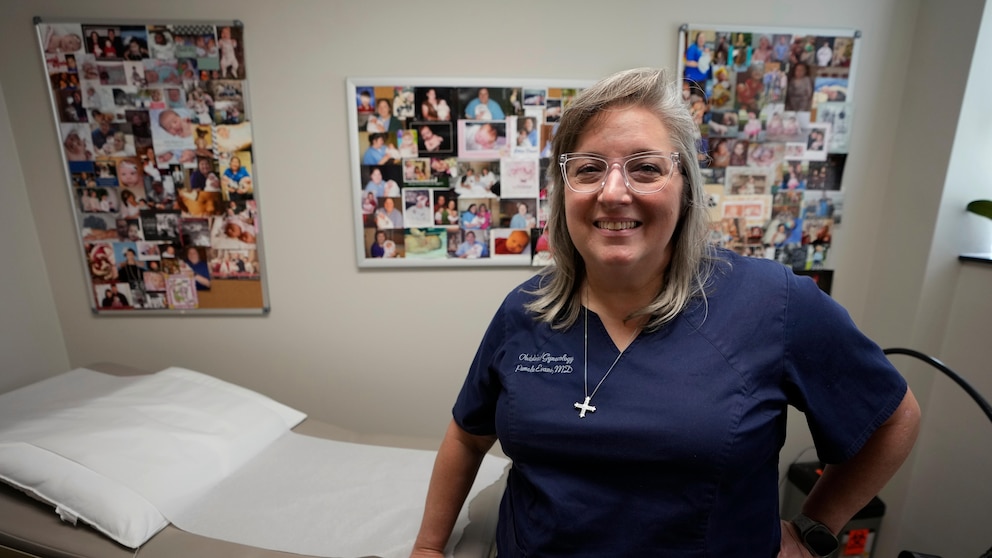A growing number of rural hospitals have been shuttering their labor and delivery units, forcing pregnant women to travel longer distances for care or face giving birth in an emergency room. Fewer than half of rural hospitals now have maternity units, prompting government officials and families to scramble for answers. One solution gaining ground across the U.S. is freestanding midwife-led birth centers, but those also often rely on nearby hospitals when serious complications arise.
The closures have worsened so-called “maternity care deserts" — counties with no hospitals or birth centers that offer obstetric care and no OB providers. More than two million women of childbearing age live in such areas, the majority of which are rural.
Ultimately, doctors and researchers say, having fewer hospital maternity units makes having babies less safe. One study showed rural residents have a 9% greater probability of facing life-threatening complications or even death from pregnancy and birth compared to those in urban areas — and having less access to care plays a part.
“Moms have complications everywhere. Babies have complications everywhere,” said Dr. Eric Scott Palmer, a neonatologist who practiced at Henry County Medical Center in rural Tennessee before it ended obstetric services this month. “There will be people hurt. It’s not a question of if — simply when.”
The issue has been building for years: The American Hospital Association says at least 89 obstetric units closed in rural hospitals between 2015 and 2019. More have shuttered since.
The main reasons for closures are decreasing numbers of births; staffing issues; low reimbursement from Medicaid, the federal-state health insurance program for low-income people; and financial distress, said Peiyin Hung, deputy director of the University of South Carolina’s Rural and Minority Health Research Center and co-author of research based on a survey of hospitals.



I bet the headline was written by a hospital corporate shill